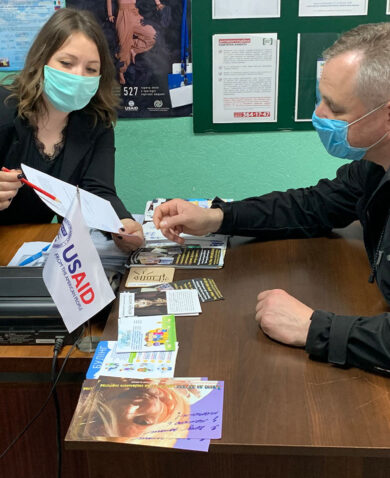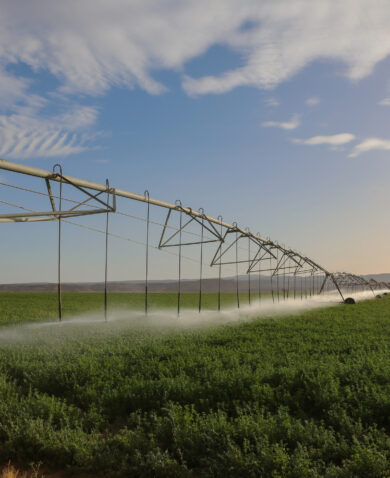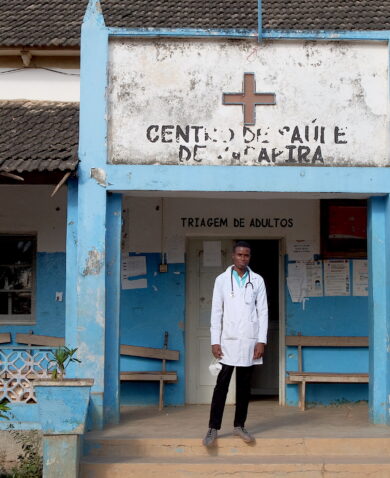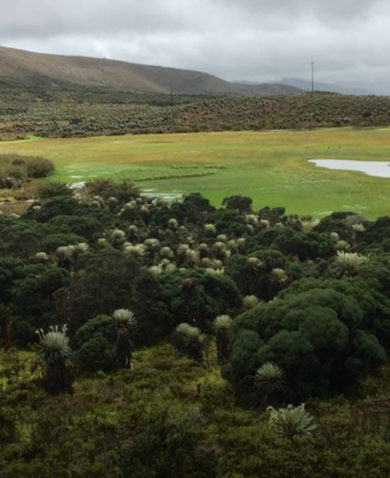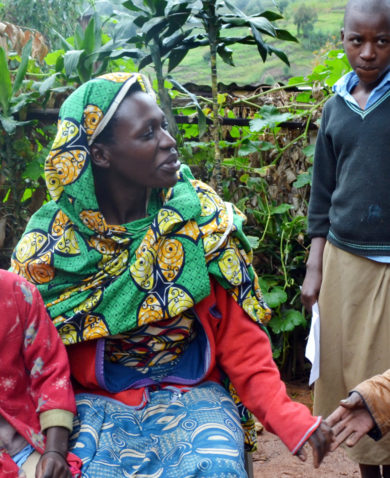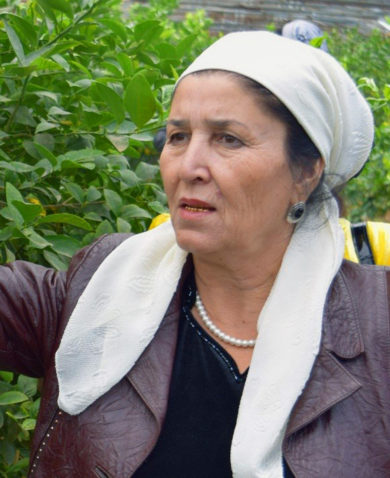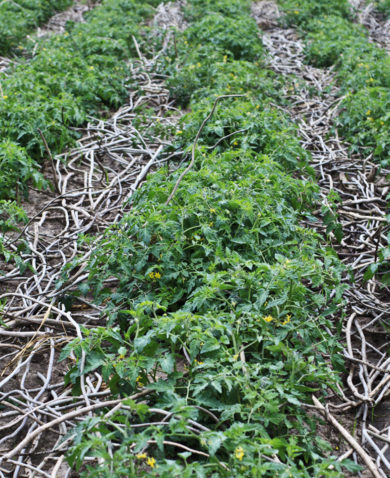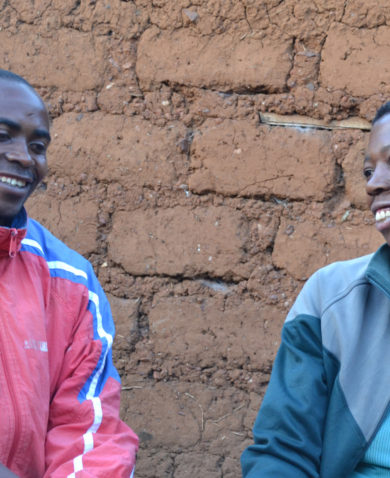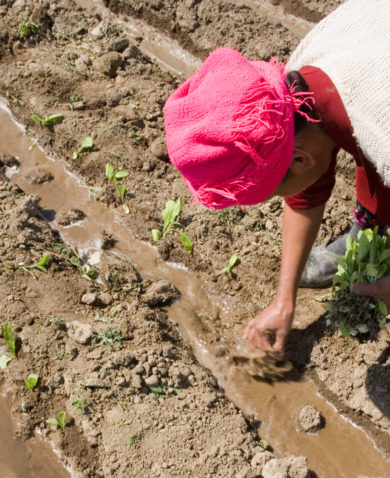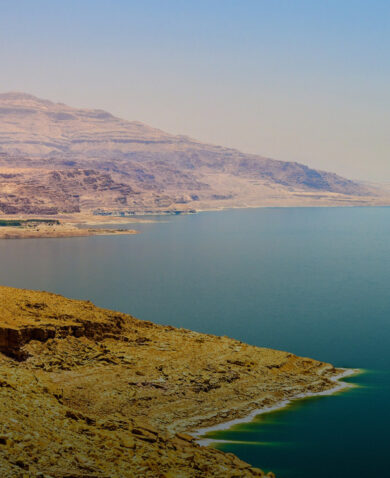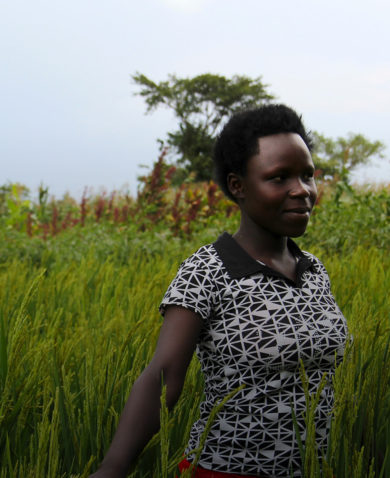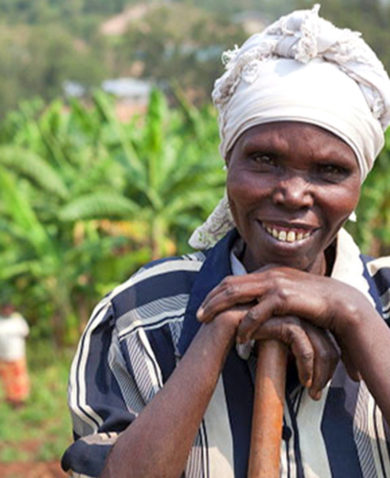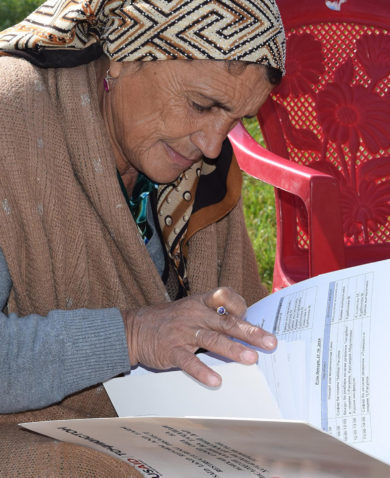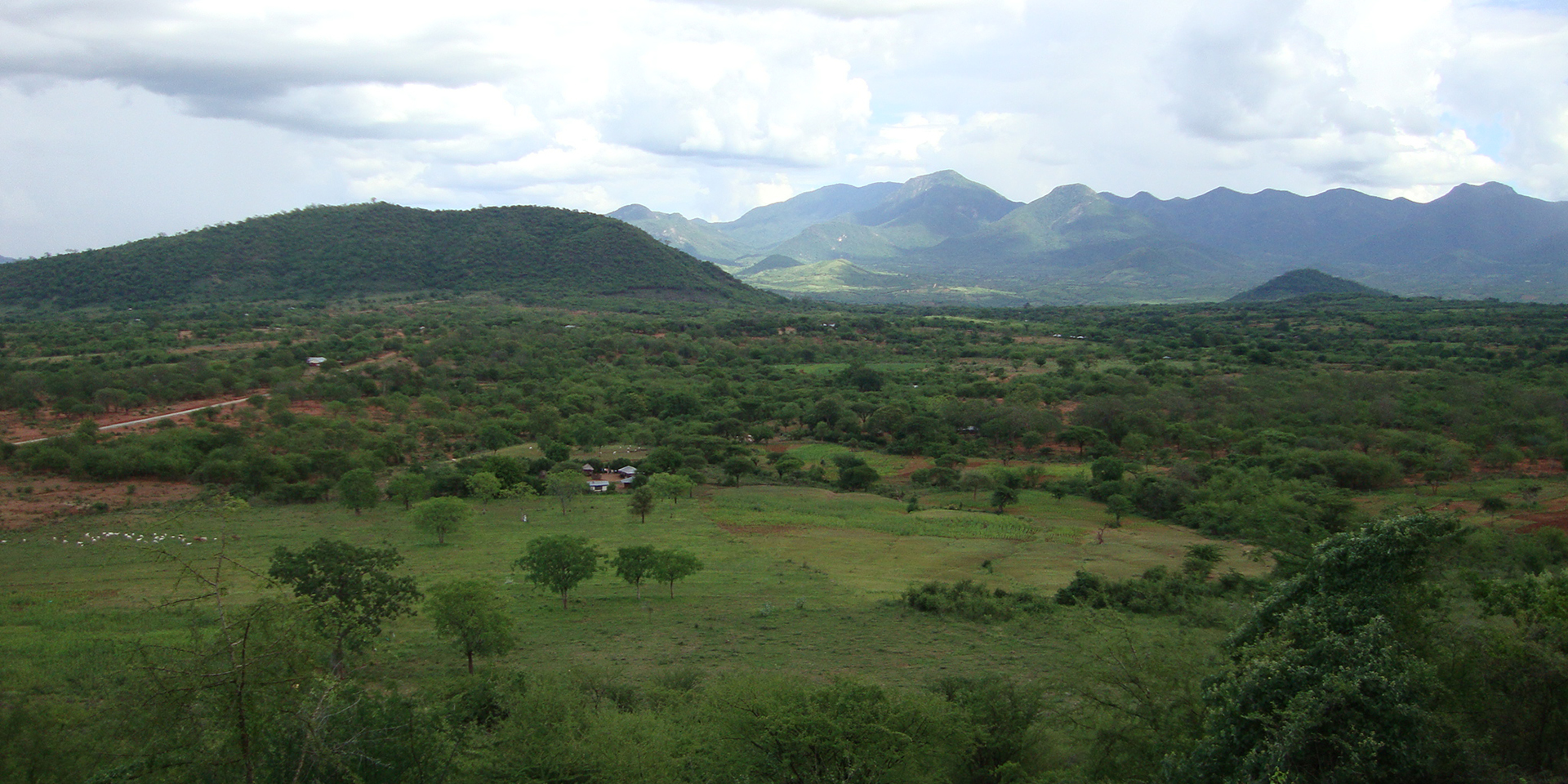
This Land is My Land: Securing Land Rights for Vulnerable Groups Through Responsible Governance
March 14, 2016 | 4 Minute ReadAs the World Bank Land and Poverty Conference kicks off with a focus on land governance, Erica Burdick discusses how more responsible governance can secure rights for the indigenous and vulnerable communities who occupy as much as 65 percent of the earth's land.
This week, hundreds of the world’s leading land rights scholars, practitioners, and governors will convene in our nation’s capital for the World Bank Land and Poverty Conference. The theme of this year’s conference is “Scaling up Responsible Land Governance,” and conference-goers will join forces to develop clear pathways for “working at scale, mainstreaming innovations, and sustaining investments in land governance.”
This month also marks another significant event in land rights history, as more than 300 individuals and organizations launched the Global Call to Action on Indigenous and Community Land Rights. The campaign has set an ambitious target of doubling the amount of land legally recognized as owned or controlled by indigenous peoples and communities by 2020. A veritable call to arms, the campaign aims to persuade national and local authorities, as well as private sector actors and influential national and international institutions to get serious about addressing the challenges posed by unclear land governance systems.
The confluence of these events is perhaps more symbolic that one might think. The two themes are irrevocably intertwined. In fact, if the global call to action is to really achieve its mandate of doubling the communally owned land that this legally recognized, responsible governance systems must be in place to uphold laws that protect the most vulnerable in society or reform them if such protections are not already in place.
What are the barriers to secure tenure rights for indigenous and vulnerable populations?
According to a 2015 baseline study by the Rights and Resources Initiative, communities and indigenous peoples are estimated to occupy as much as 65 percent of the world’s land area, but only 18 percent of that land is recognized as formally owned or designated for indigenous peoples or communities. And in many countries, though the law may provide for secure tenure regimes, in practice, governments and individuals alike struggle to ensure that such regimes are upheld.
Nowhere else is this complexity more evident than in sub-Saharan Africa, where some of the more progressive legal frameworks have been established to protect community land rights, and yet in reality, few smallholders have formal titles. In addition, the distinction between legal regimes that uphold formal ownership rights as opposed to those which only designate land for indigenous populations and communities is riddled with complexity.
In Mozambique, for instance, the National Land Policy and the 1997 Land Law uphold the customary tenure rights and privileges of rural communities and smallholder farmers, who may seek individualized title within a community held Direito de Uso e Aproveitamento dos Terras (leasehold) or through a land use right granted by the government. At the institutional level, however, land administration bodies lack the capacity and political will to implement the laws. Additionally, despite significant efforts to raise public awareness, many smallholder farmers remain unaware of their rights and almost universally lack the financial and technical means to secure their rights through formal registration.
Individualized land rights face even greater pressures in the name of economic development. Across the sub-Saharan landscape, governments keen on securing private investment have often granted large tracts of land to both national and international companies who wish to use the land for purposes such as commercial agriculture or biofuel production. An unfortunate number of those land deals occur on indigenous land without any consultation with the affected community, though in most cases such consultation is required by law, and when consultation does occur, communities are often ill-informed about how these investments will affect their land ownership.
In Tanzania, for example, as recent study found that in the case of a 32,000 hectare land acquisition by a foreign biofuels company, villagers were reported as saying that they thought they had only leased their land, and did not understand that their approval of the land acquisition would involve relinquishing their customary rights to the land.
How can responsible governance secure the rights of the vulnerable?
Doubling the amount of land that is legally recognized as owned by indigenous populations and communities is an achievable goal, provided that the global community can commit to the following:
-
- Greater governmental accountability. Governments around the world need to undergo a systematic review of their existing legal frameworks, assess the need for reforms, and provide legal re cognition of individual and community land rights in the most expedient, and cost effective manner. The international community must hold governments accountable for carrying out such legal reviews independently and without bias.
-
- Increased awareness. Donors, NGOs, and other development agencies should support land governance bodies in communicating critical elements of the legal framework governing land so that citizens may understand the both benefits of formalizing ownership and the process through which this may be achieved. Similarly, the development community should support land governance bodies to identify and eliminate unnecessary impediments to formal registration.
-
- Large-scale governmental capacity building. Donors NGOs and other development agencies must also support large-scale governance capacity building initiatives based on an assessment of how those actors are implementing the laws currently. Incentives must be put in place that encourage land governance bodies to enforce the laws and uphold community land rights.
- Inclusive land-based transactions. Private investors and governments must ensure that land-based transactions are conducted in consultation with affected communities and are in accordance with national and international best practices.
As with any major initiative the road ahead is quite long, but it’s clear that the demand is there. Now is the time to really put words into action, overcome business as usual, and uphold a rights-based and equitable approach to land ownership.



